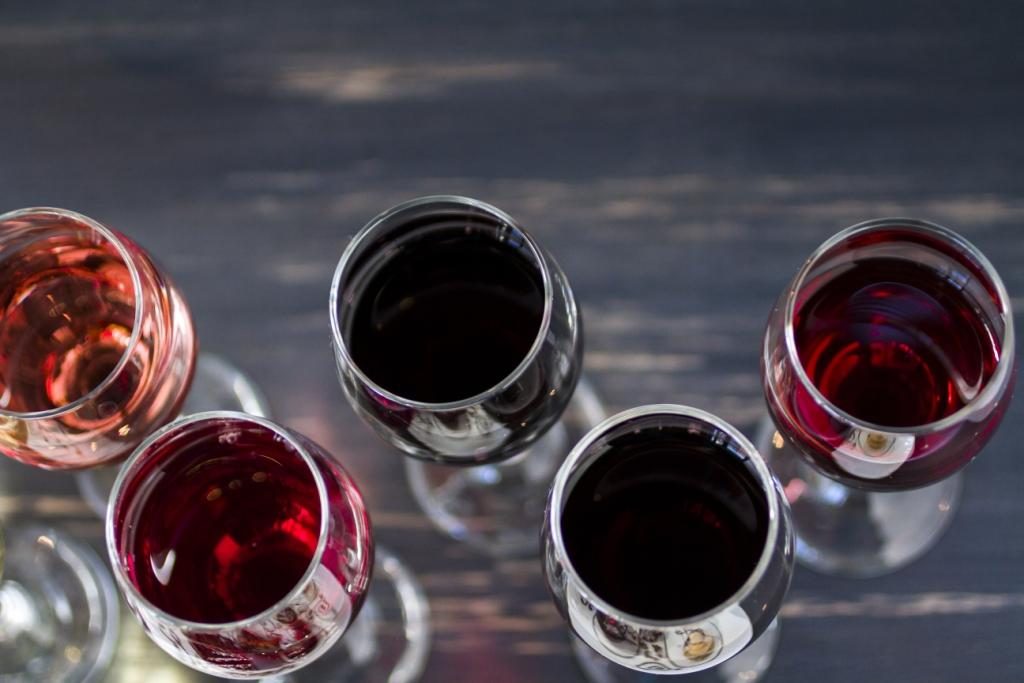
Evaluating Wine
Sensory analysis may sound like snobby wine jargon, but there’s no better way to learn what you love than to put your eyes, nose and tongue to the test. Pop open a bottle and use this evaluation chart to be a bit more discerning than usual. You might learn a thing or two about your taste buds!
Sight
Take a look at your wine. The color can give you hints as to the varietal and age of the wine.
Color
- White: colorless, lemon-green,lemon, gold, amber
- Rose: pink, salmon, orange
- Red: purple, ruby, garnet, tawny, brown
Clarity
cloudy, hazy, clear, brilliant
Viscosity
thin, normal, syrupy
Smell
Give it a sniff. Swirl the glass and alternate between short and long inhales. Recollect aromas from your past and associate them to what’s in your glass.
Intensity
subtle, medium, pronounced
Complexity
simple, interesting, intriguing
Aroma characteristics
fruit, floral, spice, vegetal, oak
Sip
Now, have a taste. Allow the wine to coat your tongue and cheeks. Try to identify both how it feels and how it tastes. Be patient, it takes a few tries (and practice) to identify all the sensations and flavors.
- Sweetness: dry, off dry, medium, sweet, very sweet
- Acidity: low, medium, high
- Tannin: low, medium, high
- Body: light, medium, full
- Flavor characteristics: fruit, floral, spice, vegetal, oak
Conclusions
In the end, all that really matters is if you enjoyed the wine! Analyze your assessment and you’ll start to see patterns in what you enjoyed and why.

+ There are no comments
Add yours